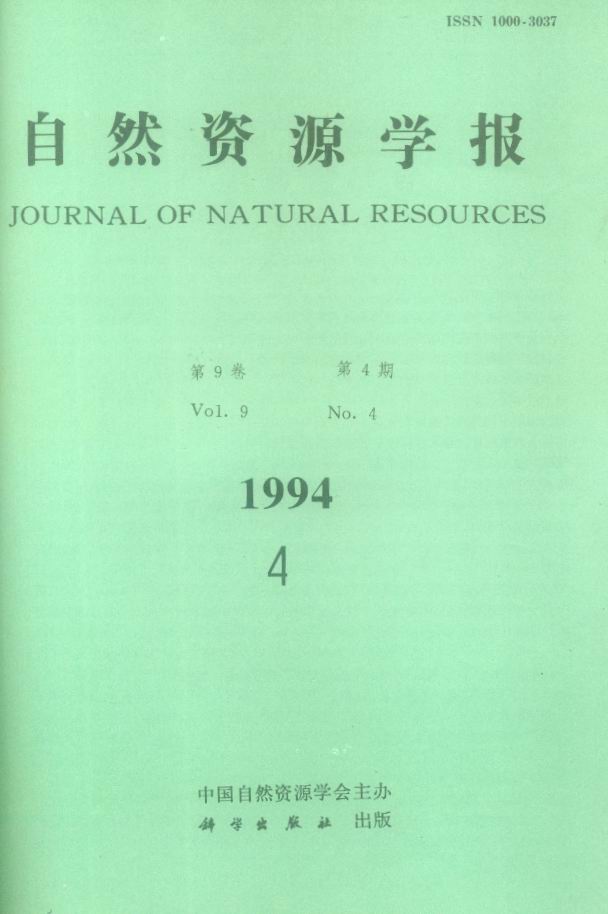Special Column:Celebration of the 70th Anniversary of IGSNRR, CAS
Ci Longjun
The impact of global change on China's desertification discussed here is based on the following premises: ①According to general acknowledgoment of the most international researchers, if the current industral structure will remain unchanged, CO2 concentration will be doubled until 2030 and mean annual temperature will be increasing for 1. 5-4.5℃ then; ②"Desertification" caused by irrational human activities and climatic change is referred to the land degradation in arid, semi-arid and dry sub-humid areas. The analysis of China's desertification adopts UNEP's aridity index (ratio of annual precipitation to potential evapotranspiration) which ranges from 0. 05 to 0.65 excluding arctic and sub-arctic regions. The potential evapotranspiration is abtained from Thornthwaite's formula. 30 year's data of more than 700 climatological station in China have been used for calculation. The result of the analysis is as follows:(1)Under the impact of the global Change, China's arid zones will be expanded and land desertification will be developed. Currenty, China's arid, semi-arid and dry sub-humid areas cover 2.976 million square km plus extreme arid area 697 thousands square km. the total area of arid and extreme arid areas is 3.673 million square km of 38.3% of China's total area, including 2. 08 million square km of desertificated land area. After CO2 doubled and mean annual temperature increased to 4℃, China's arid area will be expanded to 4.63 million square km or 48.3% of China's total area, including 2. 67 million square km of desertification land area. The increasing rate of land desertification will be 6941 km2/year.(2) Under the impact of global change, China's arid zone, will become warmer and drier. According to the date of more than 160 climatological stations in China for 40 years. During the period of 1951-1991, the 10 years running mean temperature of arid (semi-arid and dry sub-humid) areas shows an increasing tendency since the 70ties. The 10 years running precipitation also increased since 70ties, but slowly. But, the annual mean temperature of China's arid area increased insignificantly, its winter temperature increased obviously, but the summer temperature decreased. The annual precipitation of arid area has a prominent increasing after the 70ties. The semi-arid area of China has showed a different pattern of climatic variation, its temperature increased significantly since 70ties, especially in the winter, but its precipitation reduced obviously than the 50 and 60ties.
